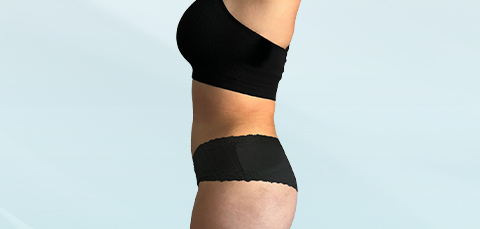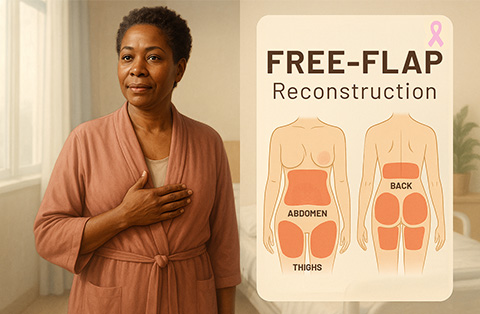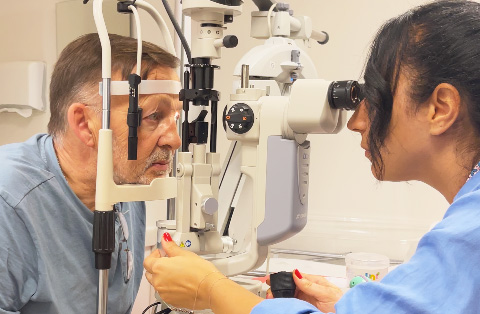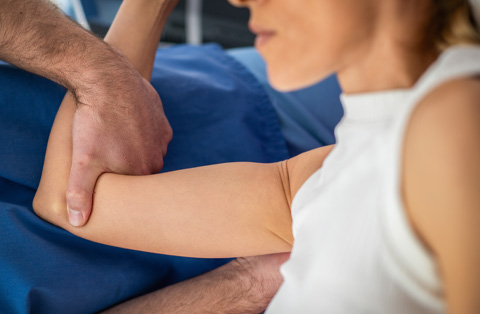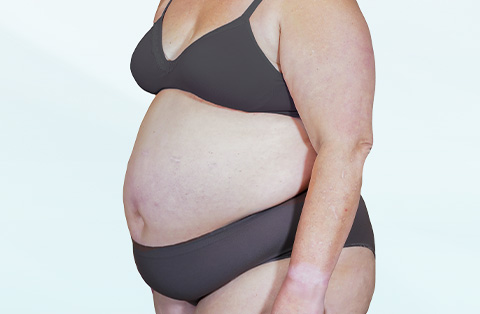Vous envisagez une abdominoplastie étendue pour obtenir un abdomen plus plat et plus tonique ?
Cette intervention de chirurgie esthétique avancée va au-delà d'une abdominoplastie traditionnelle en traitant non seulement l'excès de peau et de graisse, mais aussi en raffermissant les muscles abdominaux affaiblis, ce qui résulte en une silhouette plus sculptée et harmonieuse.
Dans cet article, nous examinerons ce à quoi vous pouvez vous attendre avant et après la chirurgie, comparerons cette intervention à d'autres options et détaillerons les coûts impliqués. Que vous vous interrogiez sur la récupération, les résultats finaux ou les différences avec une mini-abdominoplastie, poursuivez votre lecture pour un guide détaillé sur la façon dont une abdominoplastie étendue peut transformer votre corps.
Qu'est-ce qu'une abdominoplastie étendue ?
Une abdominoplastie étendue, également connue sous le nom d'abdominoplastie extensive, est une procédure chirurgicale esthétique qui élimine l'excès de peau et de graisse au niveau de l'abdomen, des hanches et du bas du dos. Il s'agit d'une version améliorée d'une abdominoplastie traditionnelle, offrant un remodelage plus complet de la taille et des poignées d'amour. Votre chirurgien plasticien peut également utiliser la liposuccion pour améliorer les résultats.
Cette procédure est particulièrement bénéfique pour les personnes ayant subi une perte de poids significative ou une grossesse, pouvant laisser une peau relâchée et des muscles abdominaux affaiblis. En plus de l'ablation de la peau, la chirurgie resserre également les muscles abdominaux, créant un ventre plus lisse et plus ferme.
Quelles zones sont traitées lors d'une abdominoplastie étendue ?
Une abdominoplastie étendue traite plusieurs zones au-delà d'une abdominoplastie classique. Elle cible :
Abdomen supérieur et inférieur : élimination de l'excès de peau et de graisse tout en raffermissant les muscles.
Flancs (poignées d'amour) : l'intervention s'étend sur les côtés pour sculpter la taille.
Bas du dos : contribue à améliorer le contour du dos et à harmoniser la silhouette.
Cette approche globale permet d'obtenir une apparence plus définie et équilibrée en ciblant à la fois l'avant et les côtés de la zone abdominale.
Qui est un bon candidat pour une abdominoplastie étendue ?
Un bon candidat pour une abdominoplastie étendue inclut généralement les personnes qui :
Ont un excès de peau et de graisse au niveau de l'abdomen, des flancs et du bas du dos, souvent en raison d'une perte de poids importante ou d'une grossesse.
Sont en bonne santé générale, sans problèmes médicaux graves pouvant compliquer l'intervention ou la récupération.
Ont un poids stable, car de nouvelles fluctuations peuvent affecter les résultats.
Ne fument pas ou sont prêts à arrêter de fumer avant et après la chirurgie pour assurer une bonne cicatrisation.
Ont des attentes réalistes quant aux résultats et comprennent le processus de rétablissement.
Cette intervention est idéale pour ceux qui recherchent un remodelage corporel plus approfondi que ce que le régime, l'exercice ou une abdominoplastie traditionnelle peuvent offrir.
Comment fonctionne une abdominoplastie étendue ?
Une abdominoplastie étendue fonctionne en retirant l'excès de peau et de graisse de l'abdomen, des flancs et du bas du dos, tout en resserrant les muscles abdominaux sous-jacents pour un ventre plus ferme et sculpté.
Comment se déroule la procédure d'une abdominoplastie étendue ?
Voici comment la procédure se déroule généralement :
Anesthésie : Le patient est placé sous anesthésie générale pour garantir son confort pendant l'opération.
Incision : Une incision plus longue est réalisée, débutant au bas de l'abdomen et s'étendant autour des hanches jusqu'au bas du dos. Cela permet d'éliminer plus de tissu qu'une abdominoplastie traditionnelle.
Réparation musculaire : Le chirurgien resserre les muscles abdominaux affaiblis ou séparés, créant un noyau plus plat et plus solide.
Retrait de peau et de graisse : L'excès de peau et de graisse est retiré de l'abdomen, des flancs et du bas du dos pour des résultats plus harmonieux.
Repositionnement du nombril : Puisqu'une grande quantité de peau est retirée, le nombril est souvent repositionné pour s'adapter à la nouvelle silhouette abdominale.
Fermeture de l'incision : Les incisions sont soigneusement refermées avec des sutures, et des drains peuvent être placés pour éliminer l'excès de liquide durant la première phase de cicatrisation.
Ce processus permet d'obtenir un ventre plus ferme et défini avec une amélioration globale du contour corporel.
